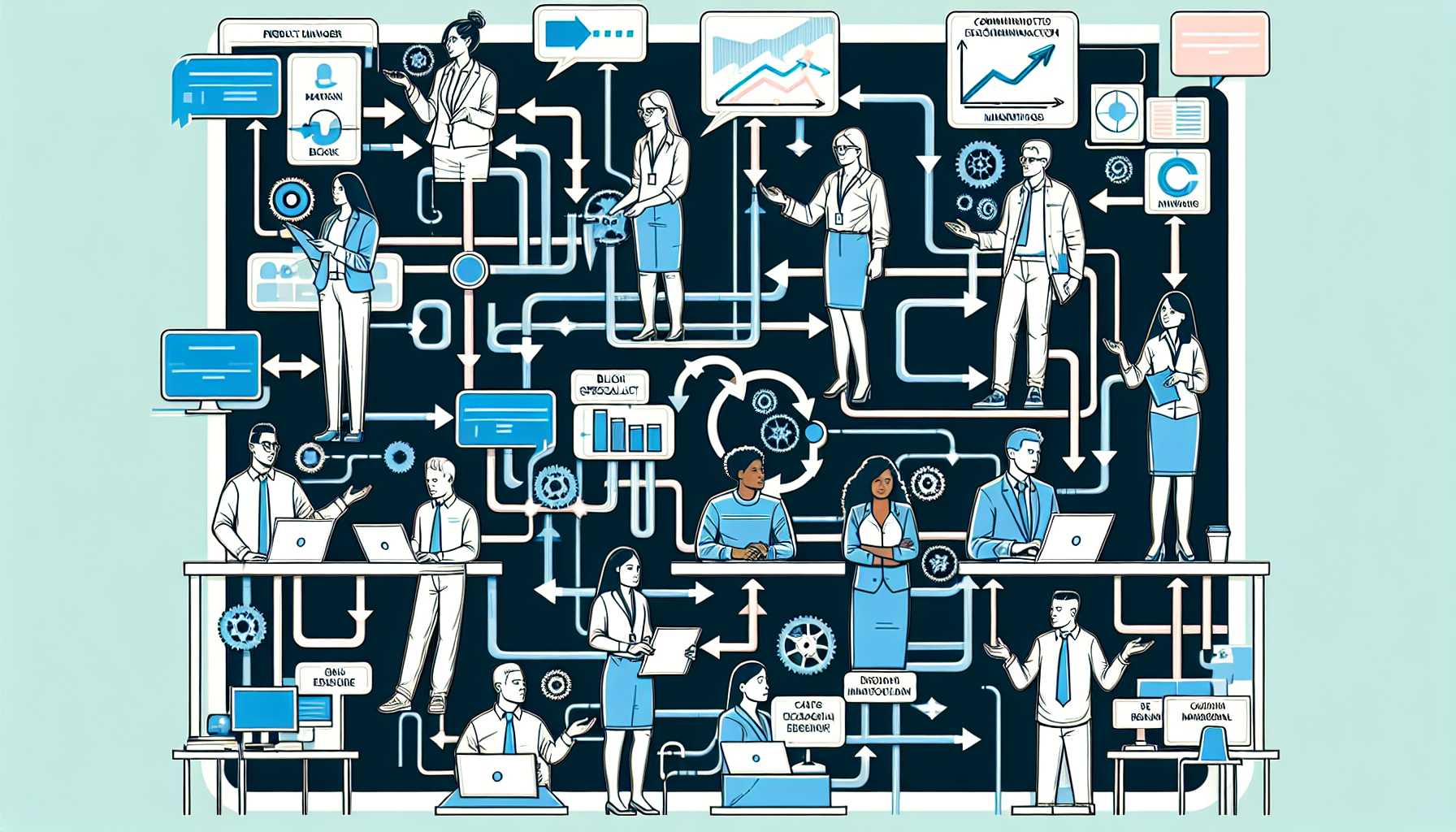Managing Stakeholder Expectations in Complex Tech Product Projects
Welcome back to our seasoned product managers! In today’s deep dive, we’ll untangle the often challenging web of managing stakeholder expectations in the fast-paced realm of complex tech product projects. From defining communication channels to crafting a narrative that resonates, we’ll explore strategies to keep stakeholders aligned and invested.
Understanding the Stakeholder Landscape
The first step in managing expectations is to understand who your stakeholders are. In my experience, stakeholders come in many forms – from investors and executives to the end-users who interact daily with the product. Mapping out your stakeholders early on creates a clear picture of whose expectations you need to manage.
Communication: The Key to Clarity
Clear, consistent, and frequent communication is the bedrock upon which stakeholder management is built. At a previous high-growth tech company, I learned that regular stakeholder updates could make or break a project’s momentum. We used a variety of tools from email newsletters to dedicated Slack channels and even quarterly town halls to keep everyone in the loop.
Setting and Managing Expectations
How do you ensure stakeholders have the right expectations? It starts with setting clear objectives and key results (OKRs). During one project, we faced an ambitious deadline to launch a new feature. By breaking down the project into phases and setting OKRs for each phase, we could more realistically manage our stakeholders’ expectations about what could be achieved and by when.
Dealing with Delays and Setbacks
Delays are inevitable, but how you handle them can set you apart. Communication, once again, is crucial. Being upfront and providing a clear explanation for the delay, as well as an updated timeline, can maintain trust. I remember a critical project at a fintech start-up where a third-party dependency caused a significant delay. We immediately notified our stakeholders, explained the issue, and presented our plan to mitigate the setback.
Building a Narrative That Inspires
People connect with stories, not just data. Crafting a compelling narrative around the product’s vision, its development, and its impact can shape stakeholders’ perceptions and maintain their enthusiasm. When launching an AI-based analytics platform, I used customer success stories and data-driven results to create a powerful narrative that kept stakeholders engaged and supportive, even through rough patches.
Utilizing Feedback Loops
Product management is about iteration, and stakeholder feedback is a valuable source of insights. Establishing formal mechanisms for feedback collection and analysis can inform product development and keep stakeholders feeling heard. A feedback loop mechanism I implemented at a SaaS company allowed us to pivot quickly and effectively in response to stakeholder input, ultimately leading to a stronger product.
Mitigating Risks Proactively
Risk management often falls into the background, but proactive risk mitigation can prevent many a stakeholder headache. Identifying potential risks early and developing contingency plans reassures stakeholders that the team is prepared. For a major product overhaul, we conducted a risk assessment workshop which allowed us to anticipate challenges and prepare stakeholders accordingly.
Final Thoughts
Throughout my career, I’ve seen firsthand the importance of transparent stakeholder management. The best advice I can offer is to communicate consistently, manage expectations proactively, and bring your stakeholders along on the product’s journey. Remember, stakeholders are partners in your project’s success, and managing their expectations is as crucial as managing the product itself.
Stay tuned for more insights, and share your own experiences in the comments. How do you manage stakeholder communications in your projects? What has worked, and what hasn’t? Let’s learn from each other and continue to drive our products — and our industry — forward.

